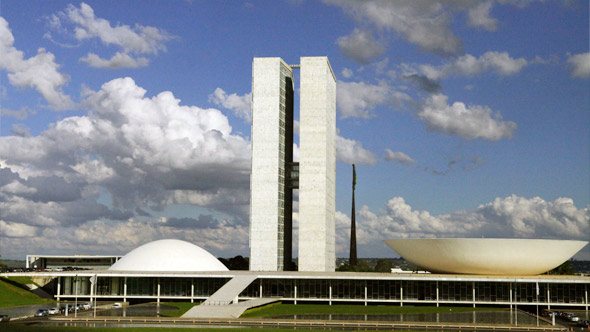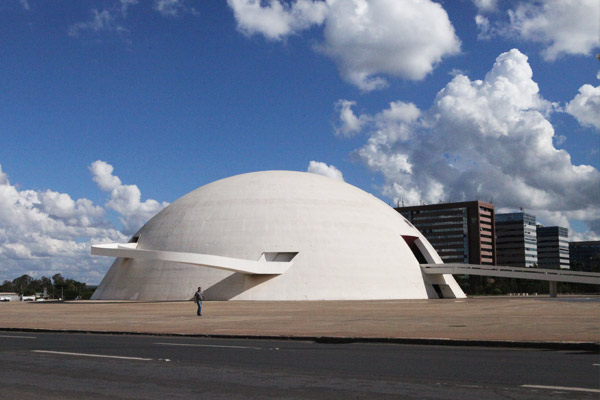Brasilia: Architecture of Brasilia
Sometimes called the Picasso of Brazilian architecture, Oscar Niemeyer, the visionary architect of Brasilia, is still living and still working; he turned 104 in December 2011

Architours
Sometimes called the Picasso of Brazilian architecture, Oscar Niemeyer, the visionary architect of Brasilia, is still living and still working; he turned 104 in December 2011….
Every country, culture, and period in history has its own distinctive style of architecture that naturally and unconsciously expresses its spirit (or lack thereof), but only one country, Brazil, can be said to have consciously dedicated itself to architecture itself. Thus, several domestic and international tour operators have set up “architours” on which tourists can gain an insight into Brazil through the work of its greatest architect.
Sometimes called the Picasso of Brazilian architecture, Oscar Niemeyer, the visionary architect of Brasilia, is still living and still working; he turned 104 in December 2011, and is busy planning new projects in connection with the 2014 World Cup and the 2016 Olympics to be held in Brazil. 
One architour begins in Belo Horizonte with one of Niemeyer’s earliest works of art, the church of Saint Francis of Assisi. Described as a “tiny, cartoonish, Palm Springs-flavoured hint” at Niemeyer’s later career, it is said that the local archbishop, upon first seeing it, called it “the devil’s bomb shelter.” Nevertheless, it is considered a great work of art in Brazil.
Moving on to Brasilia proper, one encounters a city shaped on the ground like a bird or an airplane. It central axis (or “fuselage”) is eight kilometers long. At the southeastern end are the along the shore of an artificial lake (Lake Paranoa) stand the buildings of the three branches of government—executive, legislative, and judicial—around the Square of Three Towers. Within this square are the Congressional palace and the presidential residence, the Planalto Palace, while further along the lake is the palace of the Supreme Court.

The Brasilia Cathedral, considered by many to be Niemeyer’s finest achievement, is a parabolically shaped structure characterized by sixteen gracefully curving supports, which join in a circle 115 feet (35 meters) above the floor of the nave; stretched between the supports are translucent walls of tinted glass. The nave is entered via a subterranean passage rather than conventional doorways.
Niemeyer’s work has always been controversial. It is art, some like it, some don’t. But it has come to define and form Brazilian identity. Distinguished by soft curves and concert columns—it is said that Niemeyer makes concrete look like fabric—it has achieved world renown